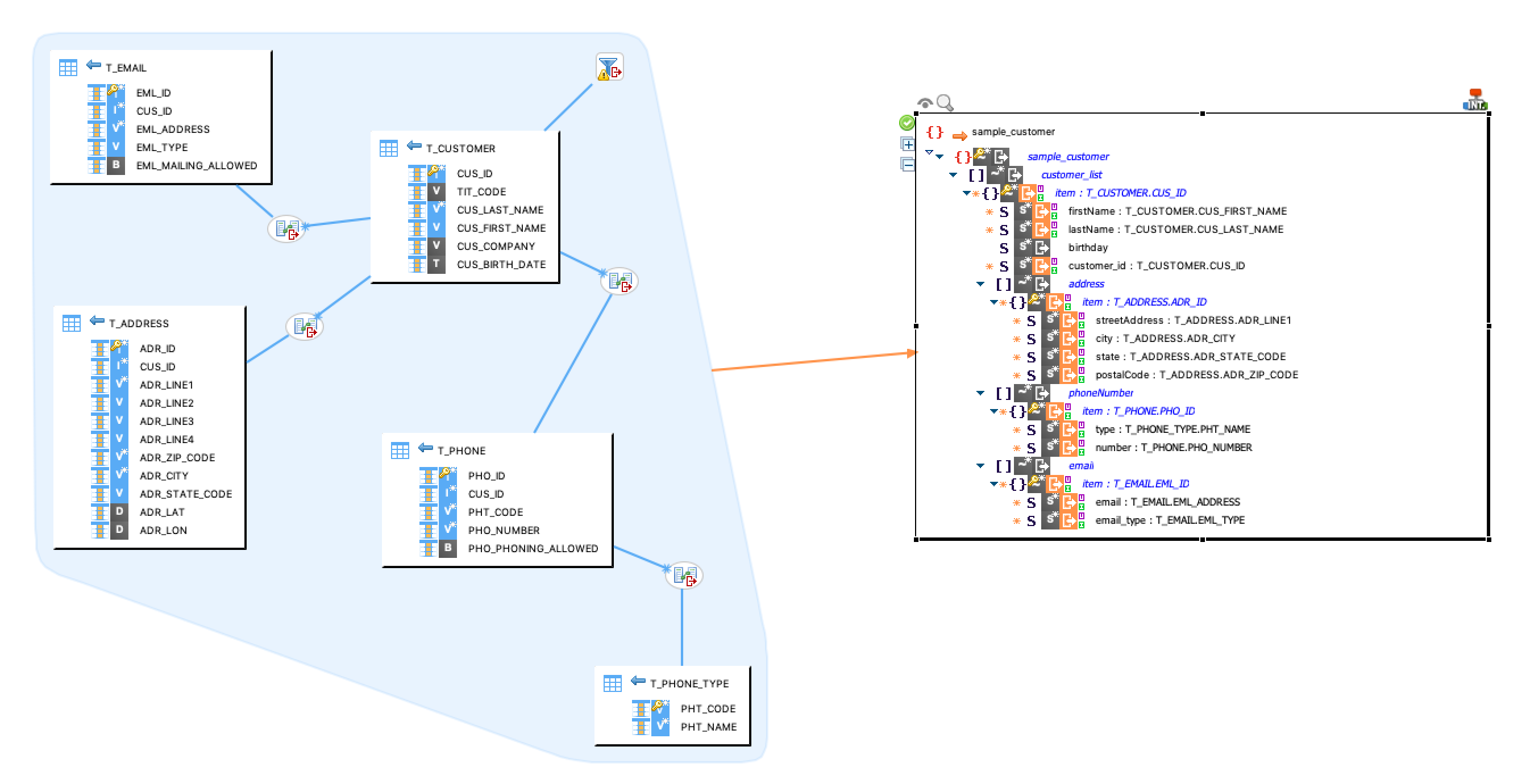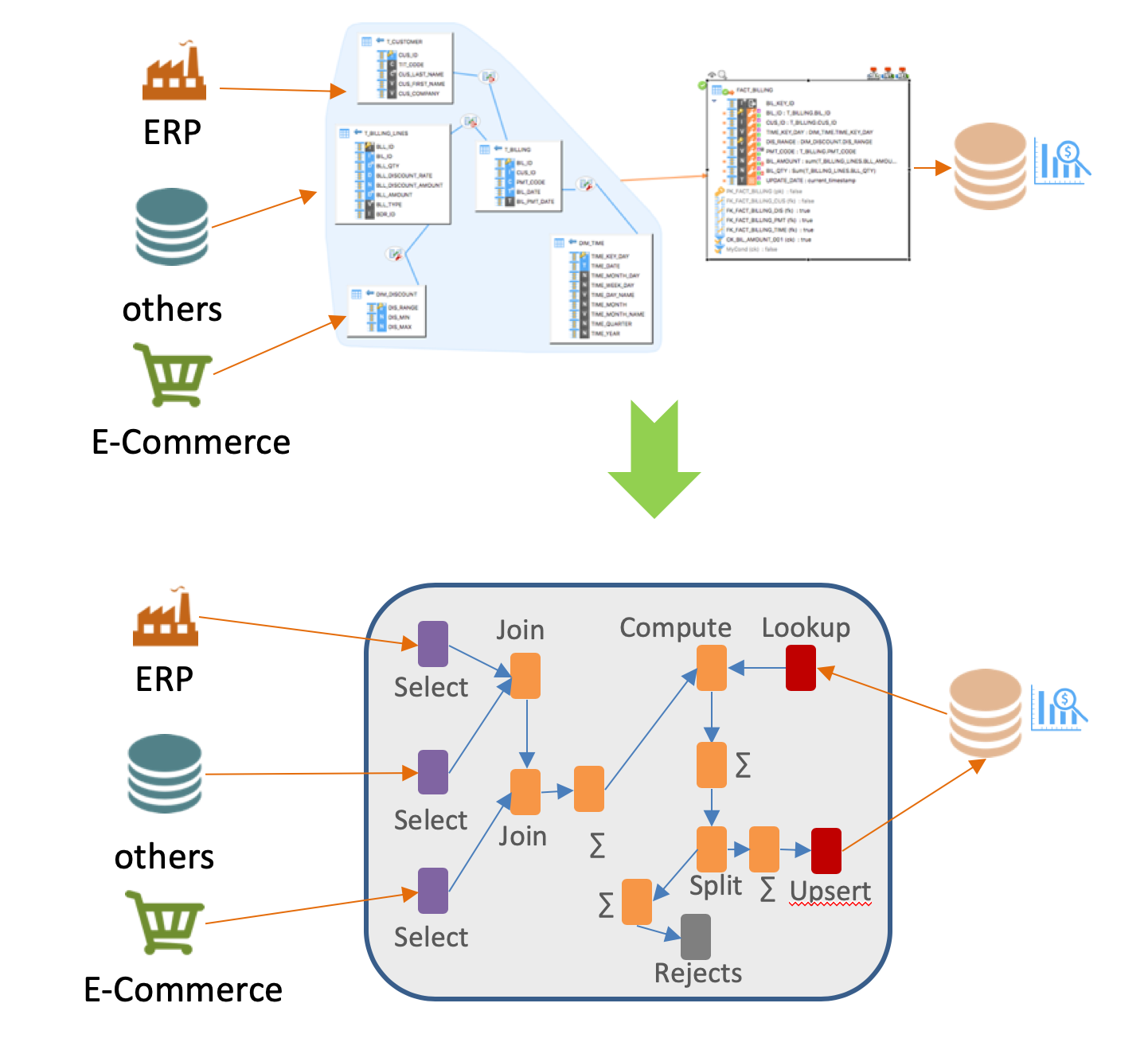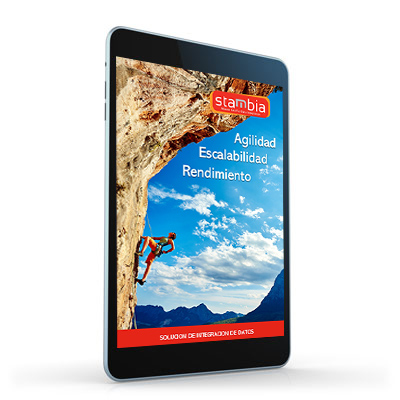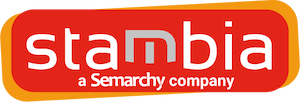 Stambia
The solution to all your data integrations needs
Stambia
The solution to all your data integrations needs

The Mapping, at the heart of Stambia technology
Why a "universal mapping"?
Adapt to the multiplication of the number of technologies
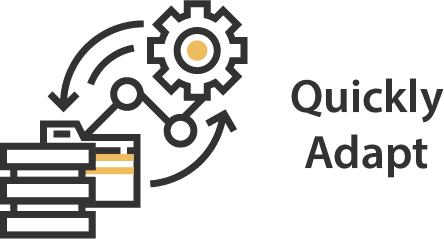
The computer world is fastly evolving. New technologies or new opportunities are available every day.
Faced with this proliferation of technologies, organizations must be able to adapt quickly and manipulate with the same ease technologies very different one from another (Databases, No SQL, API, Big Data, IOT ...).
The Stambia mapping is the answer to this challenge of accelerated connectivity and adaptability.
Develop faster and with agility
Organizations are subject to efficiency requirements.
To be able to innovate and transform, they must deliver quickly while keeping their capability to industrialize.
Data integration must now be agile.
Stambia puts the technical aspects in the background and allows a business reflection directly around the data.
This brings a quick and easy "getting started".
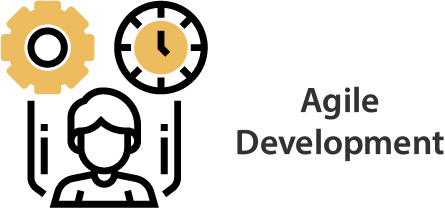
Optimize the management of human resources
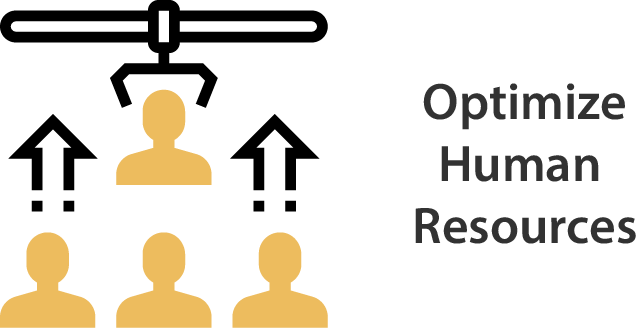
Human resources management is a key point in the strategy of an IT department.
The universal vision of Stambia mapping optimizes skills management.
A person dedicated to a Business Intelligence project can very easily support, with the same Stambia skill, a team dedicated to the API / microservices, or the team in charge of the interapplications data exchanges (data hub).
With its unique vision, Stambia promotes mobility and sharing between teams.
One platform, one way to develop and put into production, for better sharing of tasks and skills.
Industrialize and harmonize developments
The purpose of setting up an integration platform is to harmonize the way in which data flows are thought and managed within the organization.
The Stambia Mapping, associated with the templates, makes it possible in a unique way, to industrialize and to propose a simple framework to the development teams.
Stambia lends itself naturally to work with large teams spread over remote geographical sites, ensuring an optimum level of productivity.
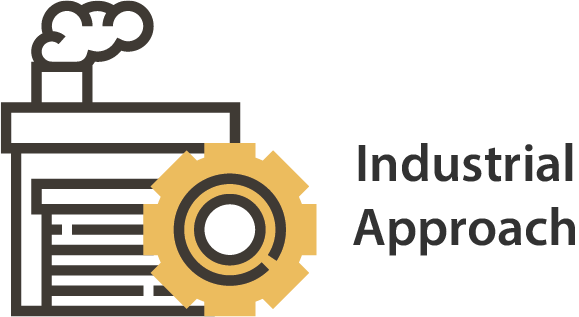
Involve business users in data integration
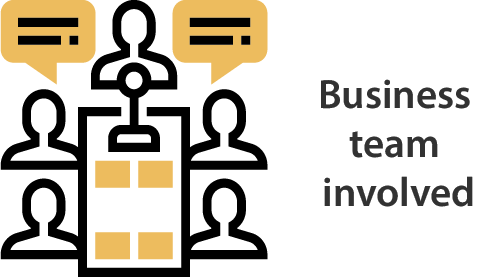
More and more business users are involved in IT projects, especially around data.
The Stambia Universal Mapping allows the technical and business teams to work together by sharing the same vision around the data.
The simplicity of the mapping and its orientation towards data offers an accessible and understandable view of the data flows.
What is the universal mapping?
The Stambia Universal Mapping is based on three simple concepts:
- A unique design for any type of project
- A top-down approach to development
- A design based on reusable components (templates)
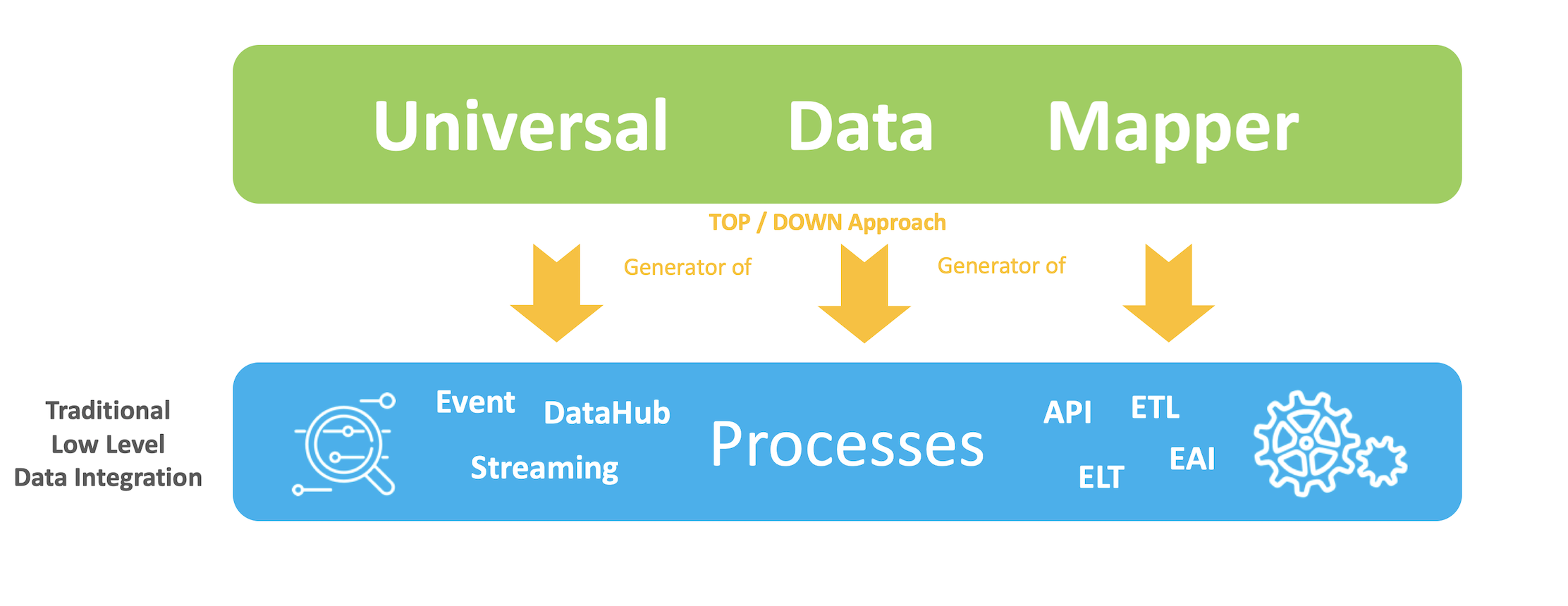
Unique and identical design for any type of project
The Stambia mapping makes it possible to design, in the same way, data flows that are very different. The implementation of a Business Intelligence project is done with the same objects as the publication of Webservices / API.
The Stambia mapping can handle both batch processes (adapted to large volumes of data) and unitary data processing (adapted to APIs or real-time processes).
The main development interface (mapping) remains the same.
This is what allows the developer to master any type of integration without changing the way he develops.
A top-down approach of the designs
The Stambia development does not require the creation of complex processes.
The principle of the mapping is to focus on business rules (the WHAT) and let Stambia automatically generate complex technical processes (the HOW).
In other words, operations like the management of the rejected data (DQM) or the comparison of the data are not to be treated by the developer, but generated automatically by Stambia.
We are talking about a "top-down" approach that allows a more business-oriented (or data-oriented) development.
Business users can understand Stambia data flows and thus easily interact with technical teams.
A development based on reusable components : the templates
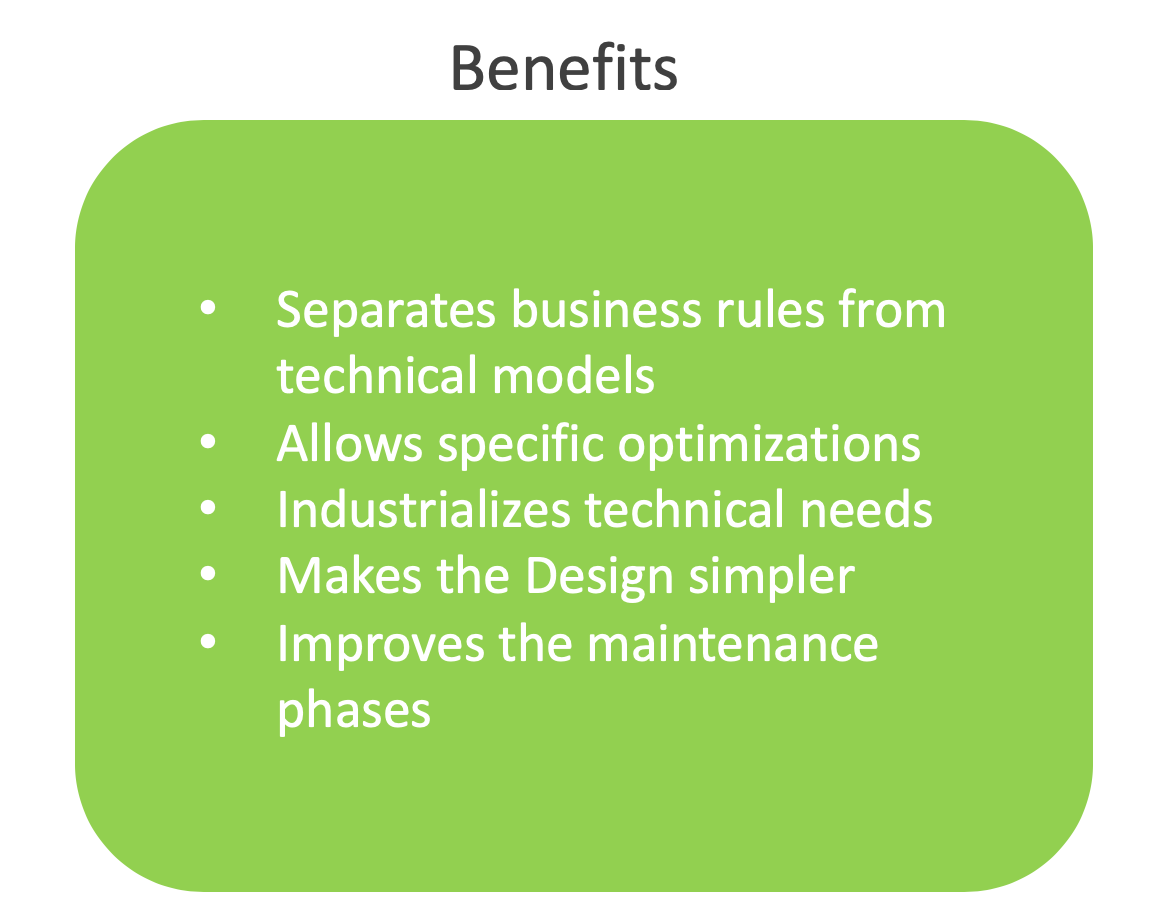
Finally, Stambia was designed to industrialize data flows. Stambia relies on reusable templates (templates) to generate the technical processes automatically.
This native logic in Stambia allows IT teams to operate in industrial mode and streamline the way data integration is designed. Any technical process can be automated by templates and driven by mappings or metadata.
The productivity gain is very high in development and more in maintenance. But much more, the quality of the projects is de facto very strong because of the natural and permanent reuse of the same components (templates).
How does it work ?
Stambia is based on a "model-driven" approach to ensure simplicity, flexibility and productivity.
The form and behavior of the technologies handled in Stambia (databases, applications, files, servers, etc.) are not "hard-coded" but descriptive and evolving. The "Technology" component makes it possible to quickly adapt the platform to any type of technology, even new and unknown by Stambia.
Complex processes (sequences of technical steps) are generated from mappings and metadata. Technical know-how (the "how") is streamlined in templates. Business rules (the "what") are defined in mappings and / or metadata.
The generated processes are executed by the Stambia runtimes, in a decentralized way. Stambia does not require a proprietary transformation engine on a dedicated server for executions (CTA: learn more about the ELT approach).
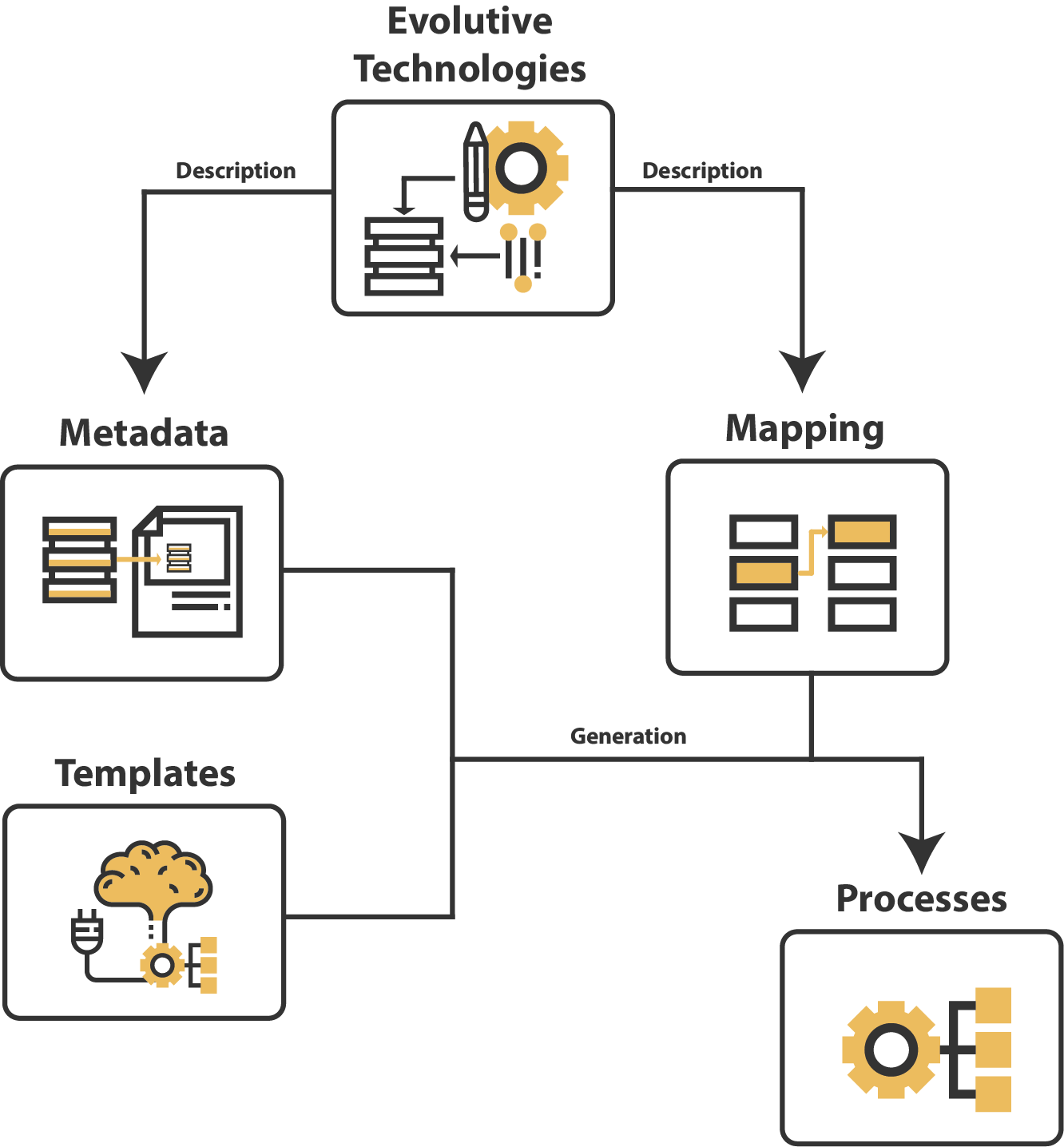
Did not find what you want on this page?
Check out our other resources:
Semarchy has acquired Stambia
Stambia becomes Semarchy xDI Data Integration
